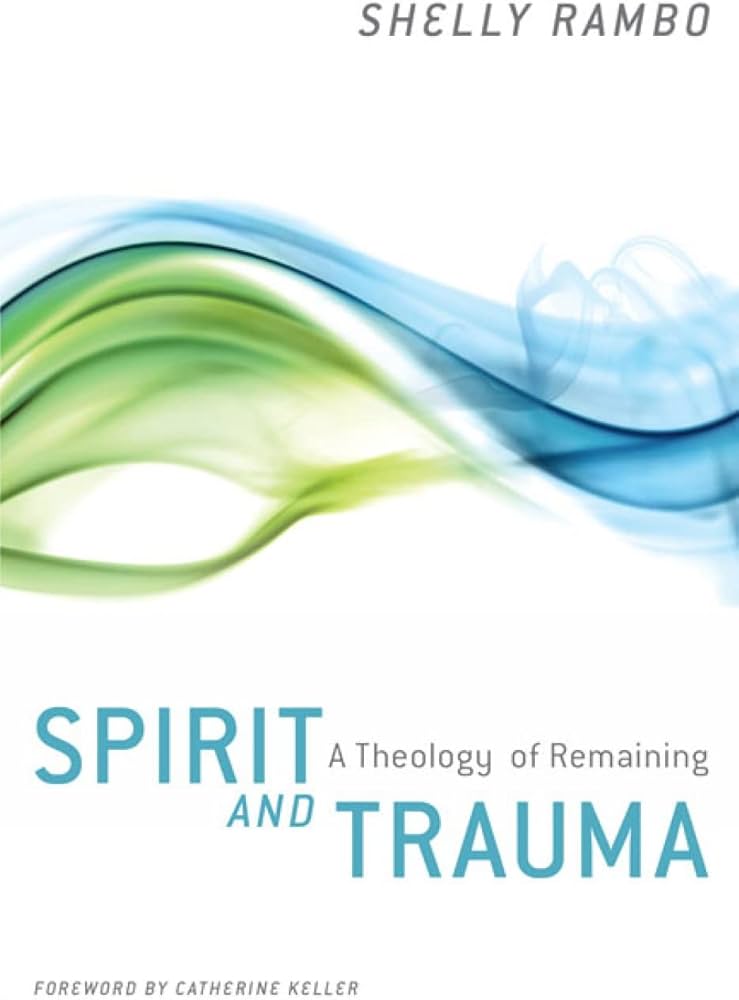A Theology of Remaining

From the reading. . .
“I think if the devil doesn’t exist, but man has created him, he has created him in his own image and likeness.”
— Fyodor Dostoevsky, The Brothers Karamazov
In The Brothers Karamazov, Dostoevsky wrestles with the problem of evil and asks: How does faith account for the suffering of innocents? In a similar way, Rambo seeks to address this question through the lens of Holy Saturday, defined as the space between death and resurrection. For her, this in-between moment becomes a contemplative space of tension, silence, and absence that mirrors the experience of trauma. Because trauma touches every aspect of human life, this space offers comfort and solidarity in the shared realities of life and death.
Rambo grounds her work in the question: How can theology speak meaningfully about trauma when life continues amid devastation? Drawing on survivor testimonies from Hurricane Katrina, she presents trauma as an ever-present and persistent past, where time is fractured for those who have endured it. Within this disruption, theology finds its place. Holy Saturday is not an empty interval but a sacred space that reveals the texture of trauma . Through examples from scripture, Rambo shows how the biblical narrative acknowledges trauma as ongoing and multifaceted. To remain present in the midst of such pain, she argues, is a fundamental act of love. The community’s role is not to fix or repair, but to accompany and bear witness. Ultimately, Rambo’s work is a profound reflection on the power of presence — a theology of remaining with those who suffer.
Shelly Rambo is a Professor of Theology at Boston University School of Theology. In addition to her current work, she is the author of the following work: “Resurrecting Wounds: Living in the Afterlife of Trauma.”
For more information on this publication, click here.
For more of “On the Lived Theology Reading List,” click here. To engage in the conversation on Facebook and Twitter, @LivedTheology, please use #LivedTheologyReads. To sign up for the Lived Theology newsletter, click here.
